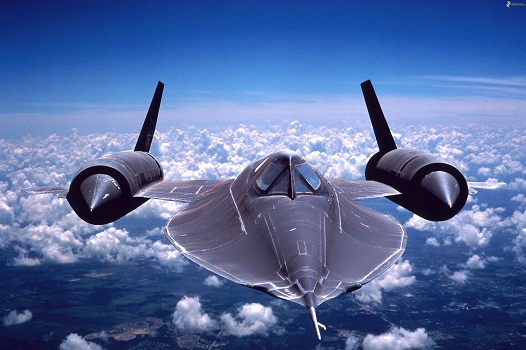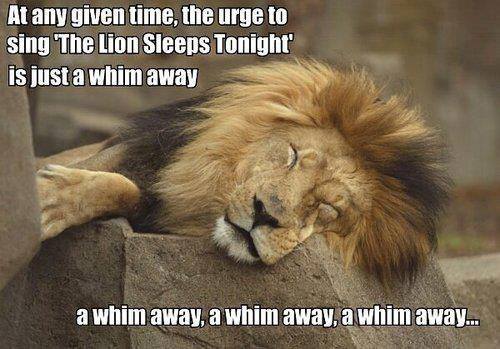
Table for one? Restaurant offers giant stuffed animals for company
In an attempt to combat loneliness, a restaurant in Japan is offering its solo diners enormous stuffed animals to sit opposite
Hate staring blankly at that empty restaurant seat? Always end up spilling food on your book? A restaurant in Japan has found the solution to lonely solo dining by offering its customers the option of eating opposite large stuffed animals. Let’s face it, finding a cuddly date for night out isn’t always easy …
The stuffed toys are characters from Finland’s Moomin books and are offered to customers by staff at the Moomin Cafe in Tokyo.
But if Japan seems like a long way to go for a dinner date, there’s nothing to stop you recreating your own. The only major drawback is that they won’t be offering to pick up half the bill.
The Moomin Cafe has just opened a branch in New York, where eating alone is commonplace.









